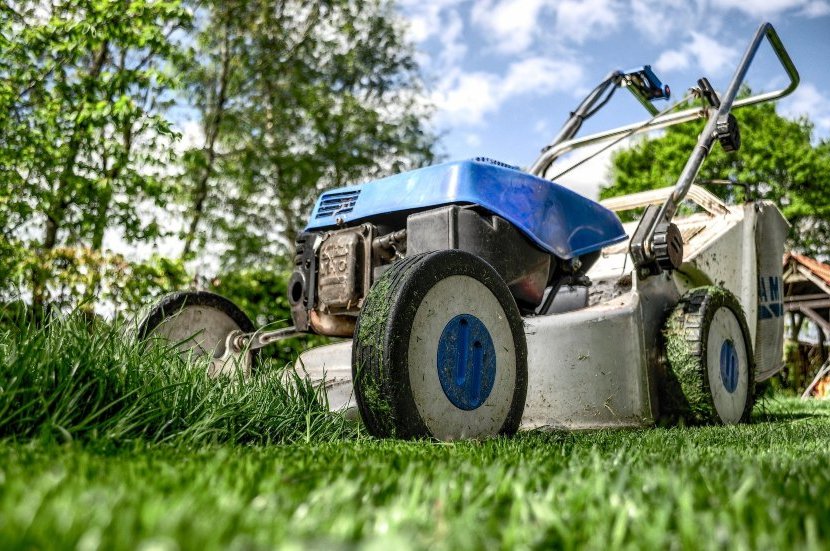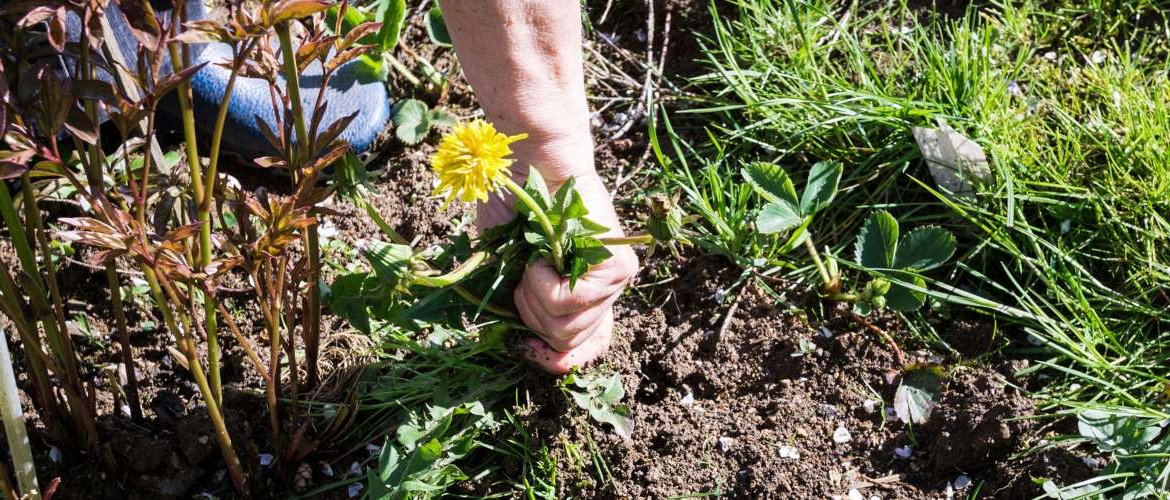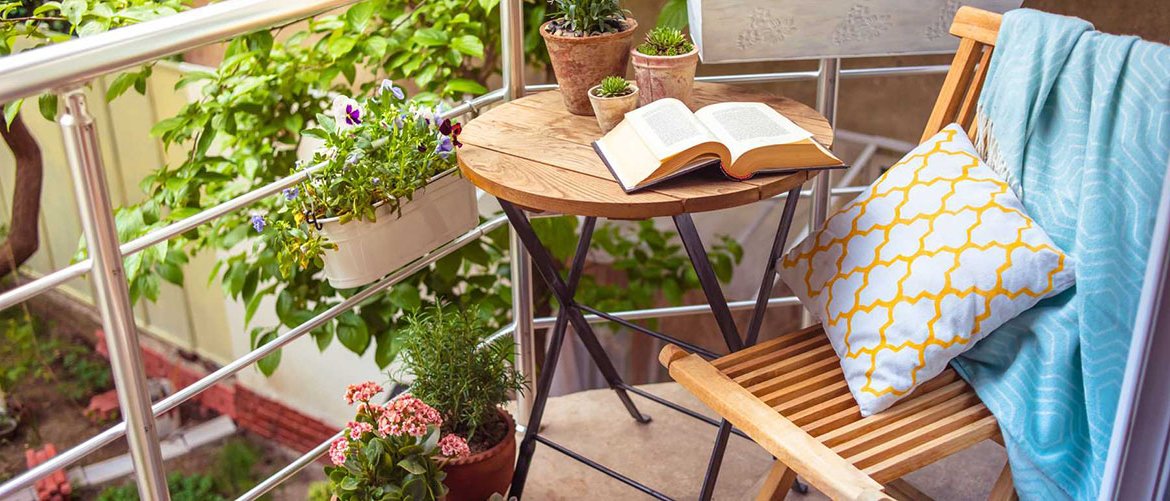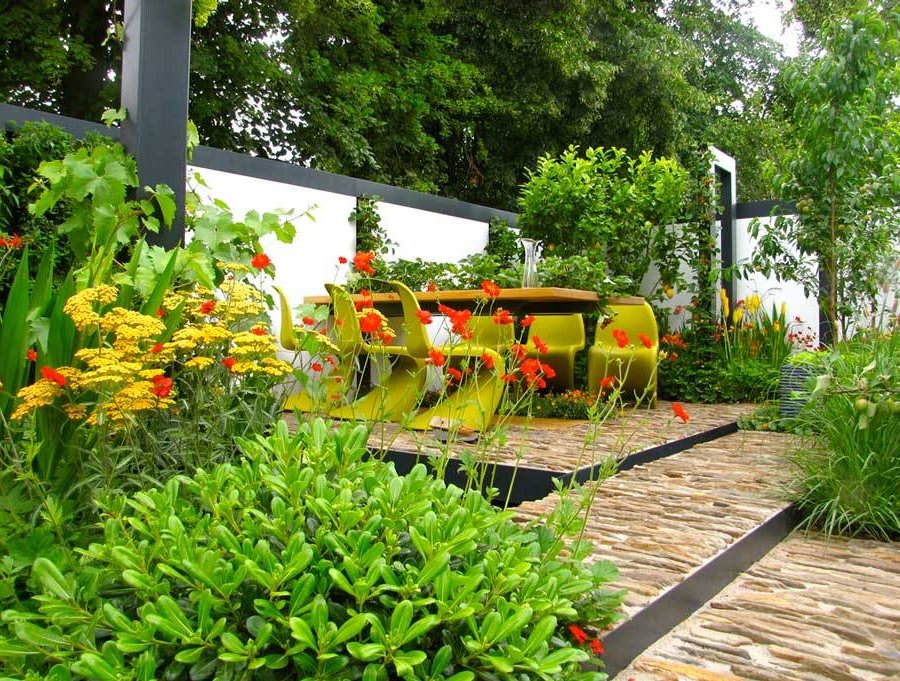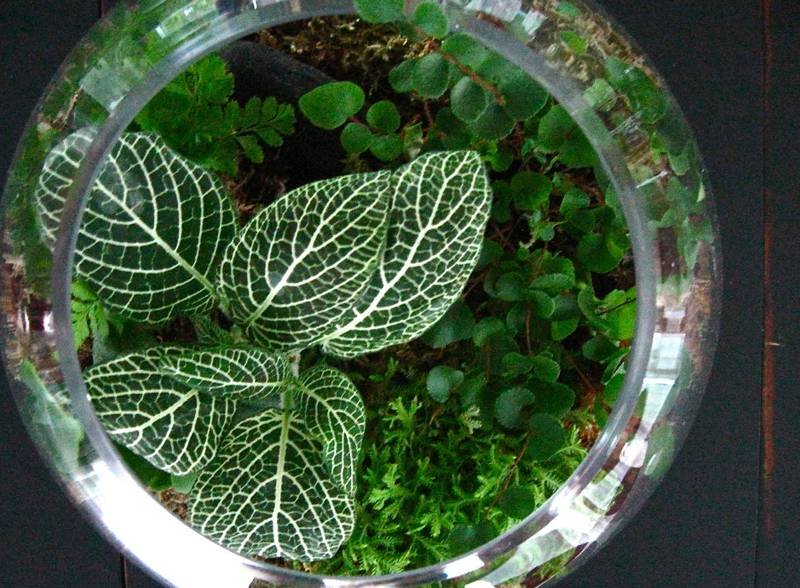How to plant grass and give life to your garden
Surely on more than one occasion you have contemplated a garden and fallen for its charms. You may even have wondered how to plant grass so that this attractive green mantle fills your outdoors with life. The task is not particularly easy. However, by following some basic recommendations, it is possible to obtain more than decent results.
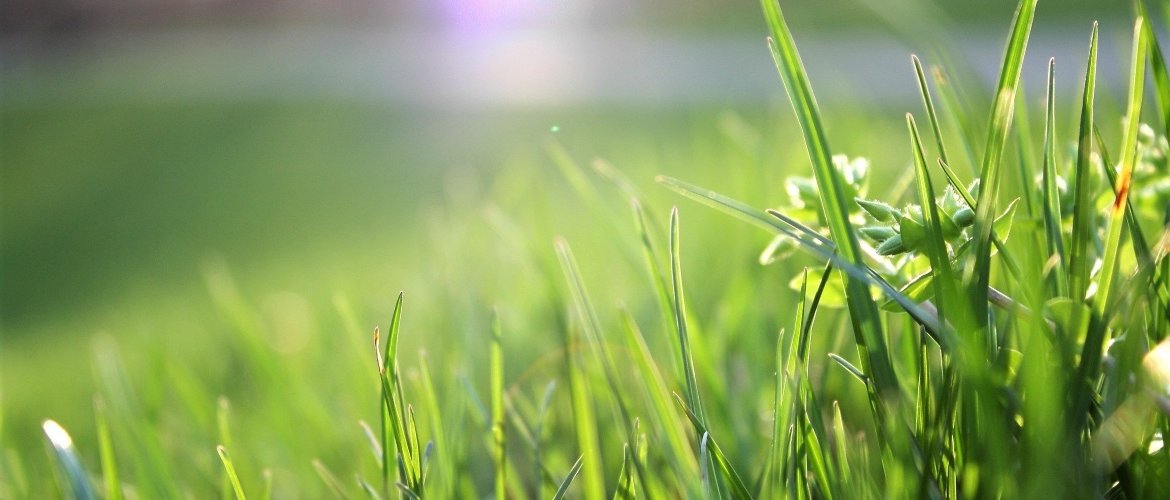
How to plant grass is a recurring question, a question subject to different considerations: from the choice of the moment of sowing, to the variety, to the preparation of the ground.
The timing of planting is critical. The weather will directly affect the chances of success of the task, not only at the beginning, but also during its first weeks. It will take about a week from planting until the first weeds appear. But those first weeds are especially fragile.
Extreme temperatures can be fatal to its development. Therefore, it is ideal to choose spring or autumn to sow the lawn, thus avoiding the dangers of frost or heat waves.
In addition to the risk posed by temperatures, competition with other weeds can minimize the chances of grass growth. Therefore, it is necessary to prepare the soil even before seeding.
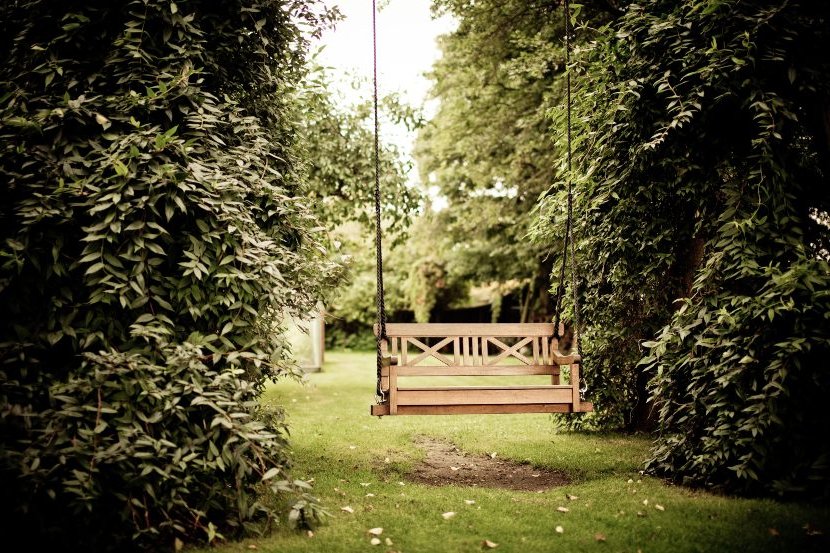
Remove weeds and do the same with stones and similar that are on the surface where you want to plant the lawn. In the case that there is a previous lawn, you will have to cut it very short so that it is only a few centimeters long.

Since planting grass requires proper preparation of the soil, simply removing weeds will not be enough. It is also important to plow the surface to a depth of at least 20 centimeters so that the soil is loosened and the seeds can reach the proper depth.
If you have a small garden you can use a shovel or hoe, but for larger areas you may need to rent a motor hoe. Weeds and stones may reappear after this process and again you will need to remove them.

Improving the soil is the next step in solving the task of how to plant a lawn. You can use compost, manure or similar that, in addition to providing nutrients to the soil, will help you control moisture. However, if your soil suffers from lack of water, it will be better to add sand to improve drainage.
The last of the tasks to complete the preparation before planting will be leveling the ground. Undoing possible soil blocks or clods, filling in holes, raking and even a lawn roller will be of great help.
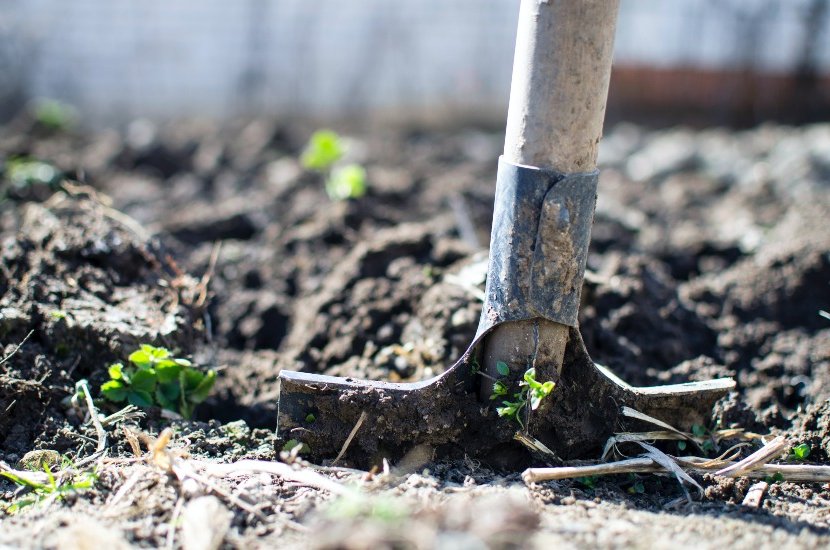
Eliminating weeds or improving the soil are two basic tasks before starting with the lawn. Likewise, you will have to choose the right variety to ensure success.
In the task of planting the lawn successfully a key chapter will be the choice of the variety. To get it right you have to think about the use you will give to your garden. If it is a merely ornamental garden, you can opt for fragile but highly decorative varieties. However, for spaces subject to intense use, it is better to opt for a type of grass that is resistant to trampling. In any case, there are intermediate varieties.
In addition, you have to calculate the surface to be covered so as not to leave "bald spots". Most packages indicate the proportion that you should spread per square meter but, in case of doubt, it is best to consult a professional.

So far, the previous phases. From this moment on it is time to get down to work and figure out how to plant grass in your garden. Basically there are two systems: by hand or with a seeder, although recently a third way has been added, the so-called sods, which are nothing more than a grid that supports several meters of already grown grass.
Unless you opt for the latter - much simpler, on the other hand - remember to choose a day without wind or rain for planting, rake the surface before spreading the seeds and proceed to planting by making passes that create an invisible grid (from left to right and from top to bottom). Once you have finished, compact the soil and make the first watering. You can also roll a lawn roller so that all the seeds are in contact with the soil, although it is not strictly necessary.
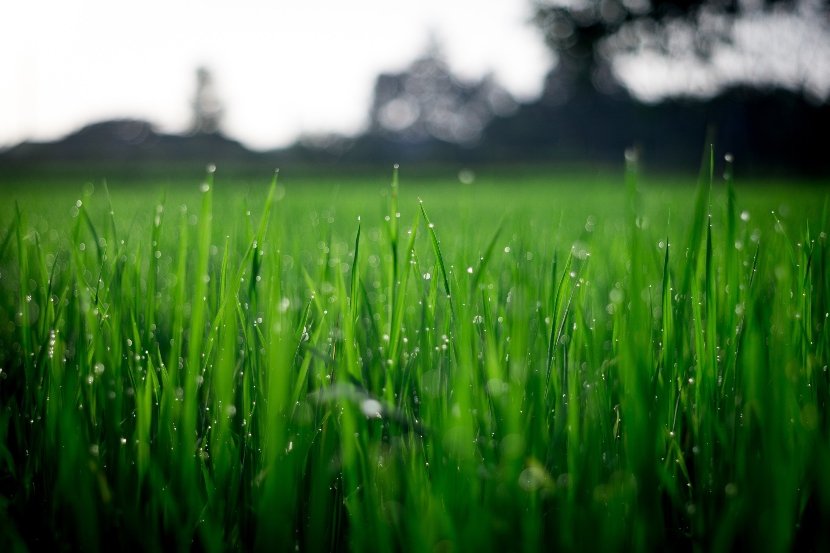
The first few weeks will be crucial to the health of your new lawn, which will usually grow in about three weeks. To make sure this happens, avoid walking on the seeded area, protect it from birds or animals that could endanger the seeds and water it often, especially during cooler hours.
However, you will not have to worry about cutting it until it reaches a minimum height of about 10 centimeters (at approximately six weeks).
